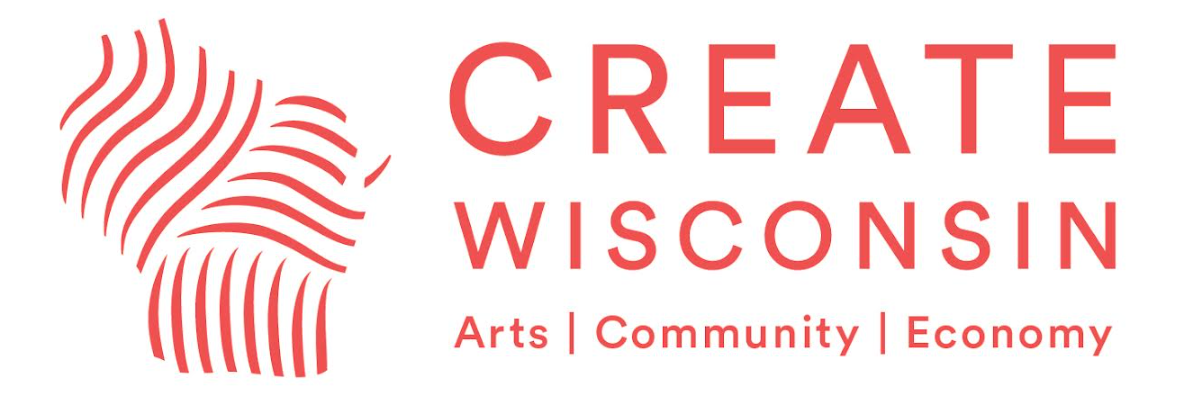Arts Action Fund Update 7-17-25
We Need Your Voice: 35% Federal Arts Cuts Threaten Our Communities
July 17, 2025
Dear Arts and Culture Leaders,
Yesterday, our team joined arts advocates and cultural leaders from across the country on Capitol Hill to call for full funding of the National Endowment for the Arts (NEA) and the National Endowment for the Humanities (NEH). In meetings with members of the House Interior Appropriations Subcommittee, we underscored the vital role these agencies play in sustaining communities nationwide.
However, we received troubling news: the House Appropriations committee has proposed a drastic cut to NEA and NEH funding—reducing each agency’s budget to $135 million. This marks a 35% decrease from the current funding level of $207 million.
The Ripple Effect - And How We’re Supporting You:
Through the federal-state partnership, 40% of NEA grant funding flows directly to state and jurisdictional arts agencies and regional arts organizations. These partnerships result in over 8,000 subgrants each year, supporting creative and cultural initiatives in all 435 congressional districts across the country.
The NEH budget sustains 56 state and jurisdictional humanities councils, which for more than 50 years have delivered free public programs and community-based grants tailored to local needs. Each humanities council works, on average, with over 120 local partners each year and raises $2 in private investment for every $1 of federal support. The ripple effect of these cuts will be felt in every state and territory.
Both NEA and NEH funding—through direct grants to organizations and support to state and regional partners—are essential to supporting vibrant, thriving communities. However, proposed funding cuts would disproportionately impact smaller and rural areas, threatening local arts programming, cultural institutions, and historic preservation efforts.
We are not alone in this fight. Our partners at the National Assembly of State Arts Agencies (NASAA) issued a legislative alert, calling for immediate action. We are working closely with both NASAA and the Federation of State Humanities Councils to support your advocacy efforts—mobilizing communities and urging federal representatives to protect this critical funding.
As we approach America’s 250th anniversary, now is the time to affirm our national commitment to creativity, history, and cultural access. We urge Congress to maintain strong, robust funding for the NEA and NEH to ensure these vital programs continue to serve every corner of the country.
Your Appropriations Toolkit:
We’re including our comprehensive federal Appropriations Toolkit with this letter, designed specifically to help you advocate for at least $207 million each for the NEA and NEH with your Members of Congress:
Template Email - Customizable for rapid outreach to your networks
Press Release Guidance - Ready-to-adapt templates for local media
Op-Ed Templates & Talking Points - Pre-written frameworks highlighting local impact
Social Media Graphics - Shareable, editable graphics for your channels
Understanding the Federal Budget Process:
Here’s a simplified breakdown of where we are now—and what may happen next—as Congress works to decide funding for federal agencies like the NEA and NEH:
House Interior Subcommittee Approval: The House Interior Subcommittee has reviewed and approved its version of the bill. It now moves to the full House Appropriations Committee.
Full House Appropriations Committee Approval: The full committee reviews, possibly amends, and votes on the bill. If approved, it moves to the House floor for a vote.
Full House Vote: All members of the House of Representatives vote on the bill. Changes or amendments can be made during this stage.
Senate Interior Subcommittee Markup: At the same time, the Senate Appropriations Committee works on its own version of the bill, which may include different funding levels.
Because the House and Senate often pass different versions of spending bills, they need to agree on a final version before the fiscal year ends on September 30.
Here are a few ways that could happen:
Conference Committee: A small group of lawmakers from both chambers meets to find a compromise between the House and Senate versions of the funding bills.
Continuing Resolution: If they can’t agree in time, Congress may pass a short-term measure to keep the government funded at current levels while negotiations continue.
Omnibus Bill: Lawmakers could decide to combine all the funding bills into one large package and vote on it all at once.
Final Vote and Presidential Signature: Once a final version is approved by both the House and Senate, it goes to the President to be signed into law.
Your Action Steps:
Contact your Representative TODAY - Use our template or customize your message
Mobilize your community - Deploy the toolkit resources to engage your networks
Share your story - Use our op-ed template to highlight local impact
This campaign is rooted in shared values: economic opportunity, cultural vitality, educational equity, and honoring the creative spirit that defines our communities.
By taking action and using these tools, you’re joining a national effort to defend and expand access to the arts and humanities—at a time when it matters most.
Download Federal Appropriations Toolkit
Contact your Representative Today!
In Solidarity,
Erin Harkey
CEO, Americans for the Arts

